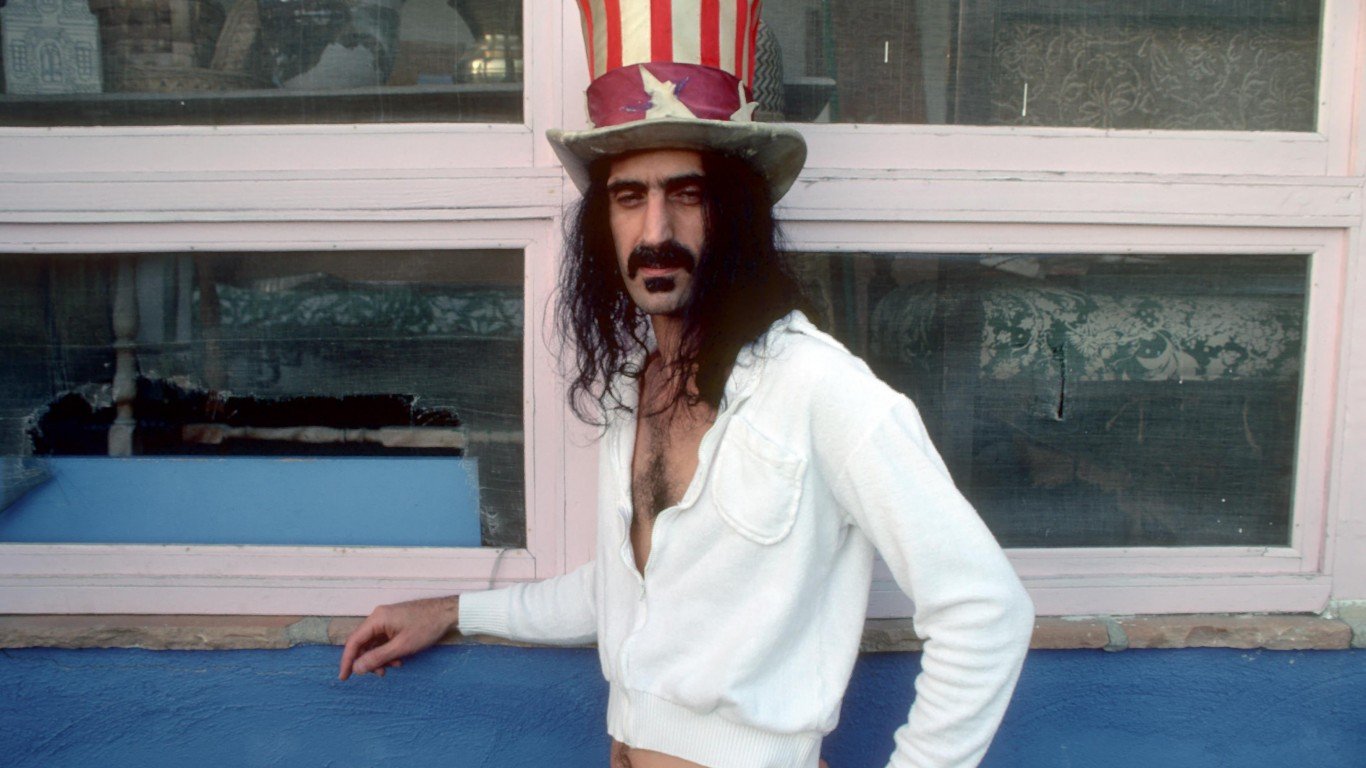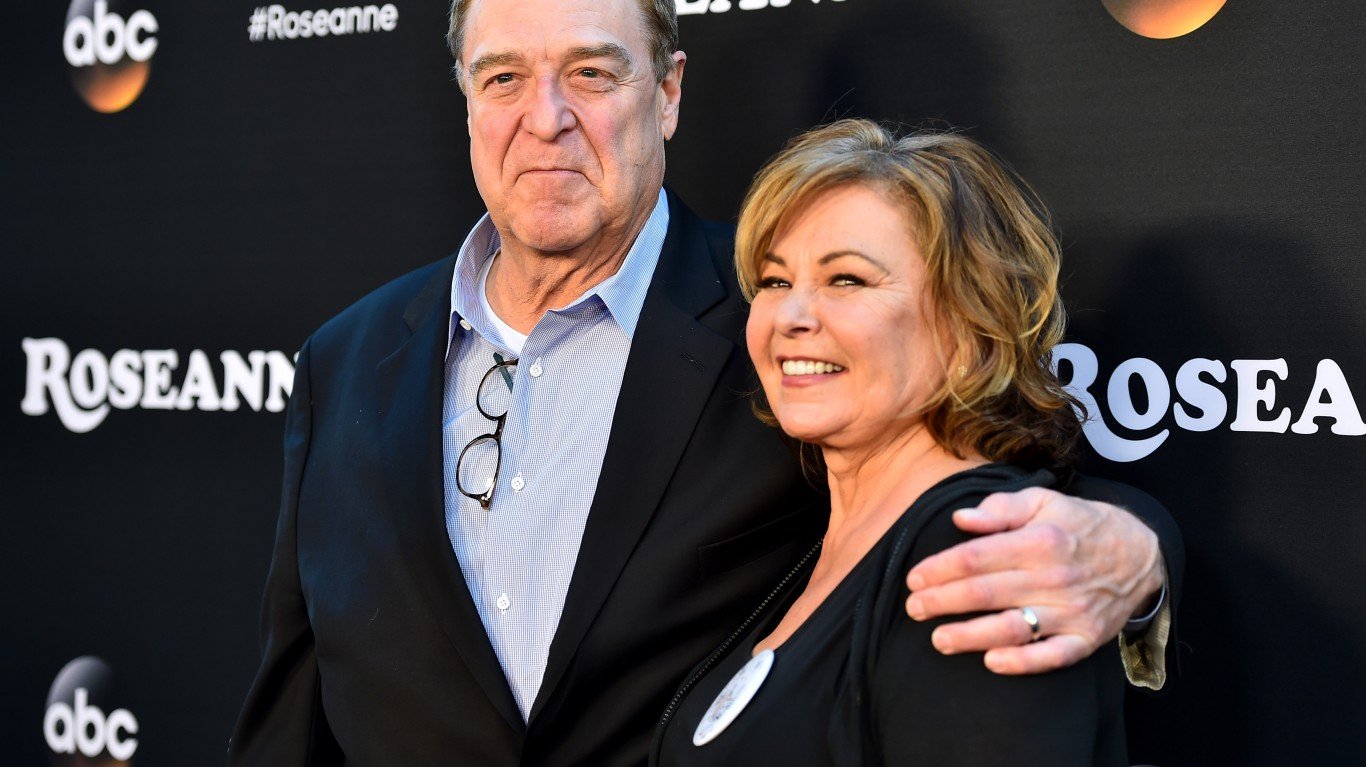The US business of Readers Digest is going into Chapter 11. The immediate cause is the company’s need to restructure $1.6 billion in debt and to move ownership of the company to its lenders. The story is more complex than that. Two-and-half years ago, private equity firm, Rpplewood, led a buyout of Reader’s Digest for $2.6 billion. The problem at this stage is that Reader’s Digest does not make money. Ripplewood probably projected increasing profits when it closed the deal. Instead, the magazine publishing and direct marketing firm has run into the same trouble that newspaper groups like McClatchy (MNI) have: too much debt against no profit.
The Digest was launched in 1922, about the same year as Time, Inc. and within the same decade as Life and BusinessWeek. Reader’s Digest once had a circulation of 18 million. It recently announced it would cut its present circulation from 8 million to 5.5 million in February 2010. It will also reduce the number of issues it will publish each year from 12 to 10. These moves are a routine part of the effort of many older magazines to save themselves. Newsweek recently cut its circulation to 1.5 million. Only three years ago, it was over 3 million. US News recently decreased its publishing frequency to monthly from its weekly level two years ago.
Reader’s Digest lost a modest amount of money before restructuring fees in the March quarter. The figures would have been worse, but the company removed a large piece of its expenses. Revenue for the period fell 17% to $479 million.
There is nothing particularly new or novel about the Reader’s Digest filing. Private equity firms take risks like this all of the time. They buy businesses based on projections that end up being off by large magnitudes. The equity part of the investments get wiped out and debtors end up owning a company worth a small fraction of the buy-out price.
The portion of the Reader’s Digest story that is unique is that, for many years, it was the largest magazine in the world and appeared in local language editions all over the world. That should have made it a good candidate for moving a great deal of its business online and taking advantage of its presence in dozens of countries and dozens of languages. The company’s business was not confined to the US or to the English language. This might have offered the Digest an advantage, but the age of the magazine’s readers undermined this option.
Time, Reader Digest, Newsweek, and US News, all magazines that are decades old now tend to have readers over 50, and, in some cases over 60 years old. They also tend to be middle class. They are not nearly as active in their presence online as the generations of people who spend time on Facebook or Twitter. These print media have been left behind. The most recent measure of the Reader’s Digest’s online audience by research firm Compete shows the magazine with only 1.6 million unique visitors in July. Even if the figure is too low by half, the audience is not nearly large enough to bring in the ad revenue to offset the falling print sales at the magazine. The Digest is dying slowly by dropping its circulation to 5.5 million and consequently decreasing what it can charge advertisers. The company has no choice, since too few people are interested in the magazine any more. The firm would need to race to cut costs to keep pace with falling revenue, and that is not possible any longer.
The sad part about the Digest is that it served a large audience well and long. That may be why magazine publishers facing the shrinking subscribers that they have left cannot bring themselves to believe that many of the publications will die and die very soon. The Digest won’t make it much longer because its audience is too old. The content that it digests or runs is too easily available elsewhere on the internet—“the dos and don’ts of corporate culture”, “six healthy fish recipes”, and “8 medical myths”. The Digest was always quaint. It never had much of an edge. That was comforting to millions of people. It is not comforting enough for them to pay for the Digest in great numbers. Due to their age, they are also dying off.
The Digest is a precious part of the media founded in the first half of the 20th century that will not make it through the first decade of this one.
Douglas A. McIntyre
Sponsored: Attention Savvy Investors: Speak to 3 Financial Experts – FREE
Ever wanted an extra set of eyes on an investment you’re considering? Now you can speak with up to 3 financial experts in your area for FREE. By simply
clicking here you can begin to match with financial professionals who can help guide you through the financial decisions you’re making. And the best part? The first conversation with them is free.
Click here to match with up to 3 financial pros who would be excited to help you make financial decisions.
Thank you for reading! Have some feedback for us?
Contact the 24/7 Wall St. editorial team.



